13 great house plants to improve the air quality in your home, according to science

Photo of a philodendron plant collection. (Photo by MOHD RASFAN/AFP via Getty Images)
Common house plants can significantly help improve indoor air quality according to a recent study published on Feb. 17 by the University of Birmingham in partnership with the Royal Horticultural Society (RHS.)
Researchers put three houseplants typically found in most households to the test including a Peace lily (Spathiphyllum wallisii), Corn plant (Dracaena fragrans) and fern arum (Zamioculcas zamiifolia).
Each plant was isolated in a test chamber containing levels of nitrogen dioxide (NO2) — a common pollutant — comparable to an office located next to a busy road.
After one hour scientists found that all plants were able to remove roughly half the levels of NO2 in their isolation chamber. Species did not appear to impact the levels of pollution the plants reduced.
"The plants we chose were all very different from each other, yet they all showed strikingly similar abilities to remove NO2 from the atmosphere. This is very different from the way indoor plants take up CO2 in our earlier work, which is strongly dependent on environmental factors such as nighttime or daytime, or soil water content," said study researcher Dr. Chrsitian Pfrang.
Scientists however remain perplexed as to the exact mechanism that allows plants to impact pollutant levels in a room as seen in the experiment.
"We don't think the plants are using the same process as they do for CO2 uptake, in which the gas is absorbed through stomata — tiny holes — in the leaves. There was no indication, even during longer experiments, that our plants released the NO2 back into the atmosphere, so there is likely a biological process taking place also involving the soil the plant grows in — but we don't yet know what that is," Pfrang added.
Other scientific agencies have been studying the impacts of plants on air quality for years.
In 1989, NASA published a well known study where researchers found that indoor plants were able to eliminate cancer-causing volatile organic compounds like formaldehyde and benzene from the air.
Another study published in 2004 found that microorganisms in soil used for common house plants play a role in filtering indoor air quality.
While research on this subject is ongoing, here are some plants that are documented as being especially good at improving indoor air quality:
Aloe vera
It's one of the best ways to help treat sunburn, but aloe vera will also help rid your home of formaldehyde.

Close-up of Barbados aloe plant growing in a pot (Aloe vera
Areca palm
This universal air quality superstar will help remove all indoor air toxins.
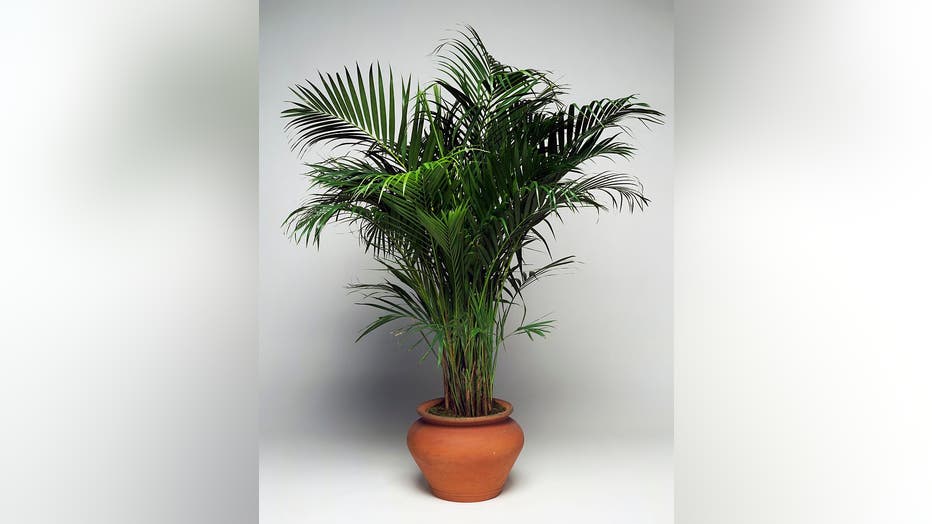
Golden butterfly palm (Areca lutescens), Arecaceae.
Elephant ear philodendron
Just like aloe vera, elephant ear philodendron will cut traces of formaldehyde from your space.

Photo of a philodendron plant collection. (Photo by MOHD RASFAN/AFP via Getty Images)
Lady palm
The lady palm plant will eliminate all indoor air toxins, and has been especially powerful in ridding your home of cancer causers.

Lady Palm
Bamboo or reed palm
These two varieties will work to get out benzene, trichloroethylene, and formaldehyde.
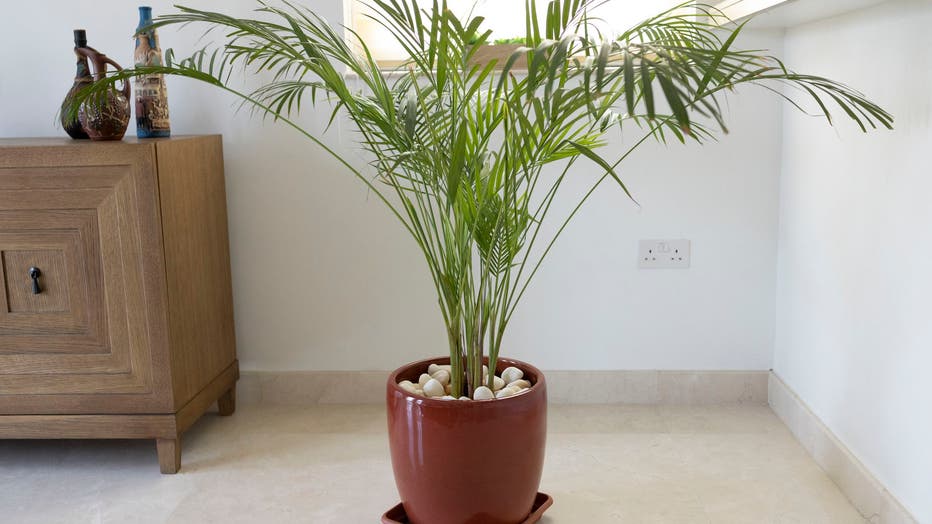
Bamboo palm
Rubber plant
One of the best plants for new plant owners (read: difficult to kill), the rubber plant has been shown to kill formaldehyde.

UNSPECIFIED - MARCH 21: Rubber fig leaves (Ficus elastica), Moraceae. (Photo by DeAgostini/Getty Images)
Dracaena 'Janet Craig' (corn plant)
Clear your home of benzene and cigarette smoke by placing corn plants throughout the space.
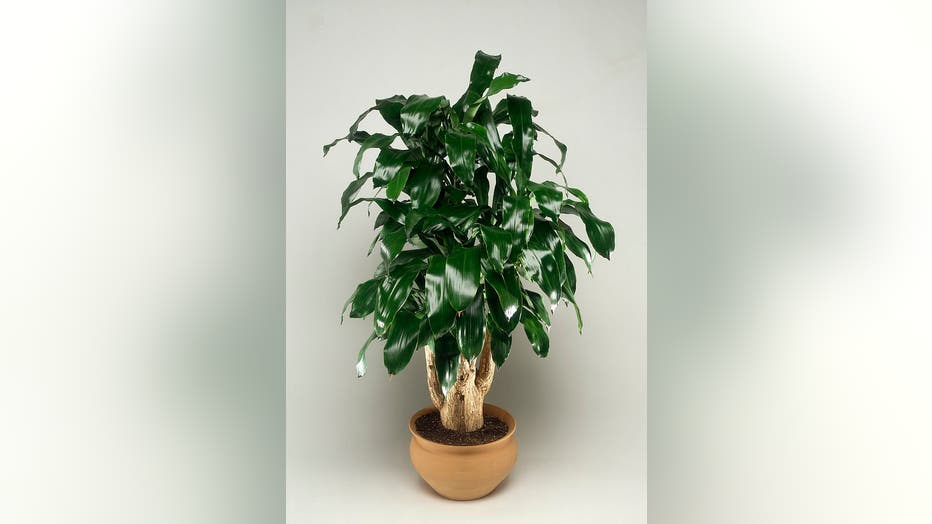
UNSPECIFIED - JANUARY 27: Cornstalk dracaena or Forest dracaena (Dracaena fragrans Massangeana), Asparagaceae. (Photo by DeAgostini/Getty Images)
English ivy
Benzene and formaldehyde are no match for English ivy, which can also be grown indoors in water.
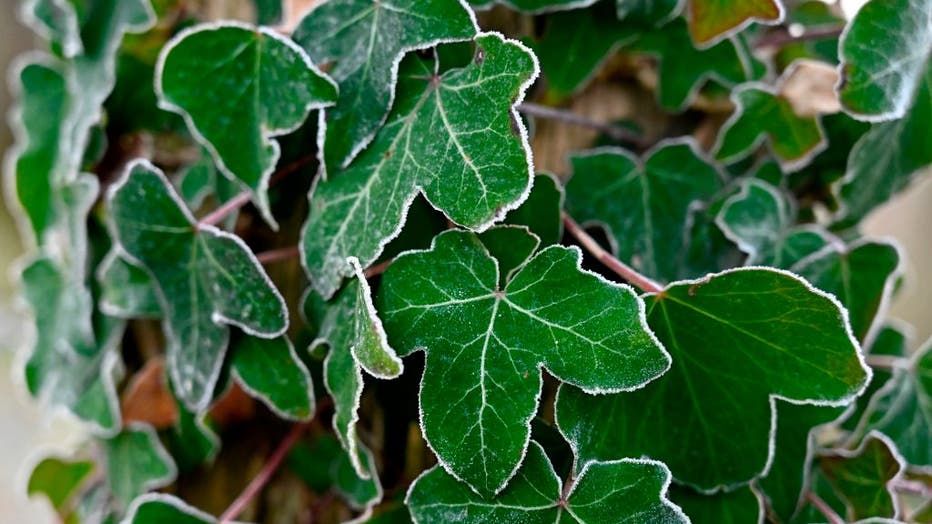
Early morning frost frames Ivy climbing a tree in Guipel, western France on January 8, 2021. (Photo by DAMIEN MEYER / AFP) (Photo by DAMIEN MEYER/AFP via Getty Images)
Dwarf date palm
The dwarf date plant, one of the best all-natural air fresheners, helps to remove xylene (found in paints, solvents and adhesives).
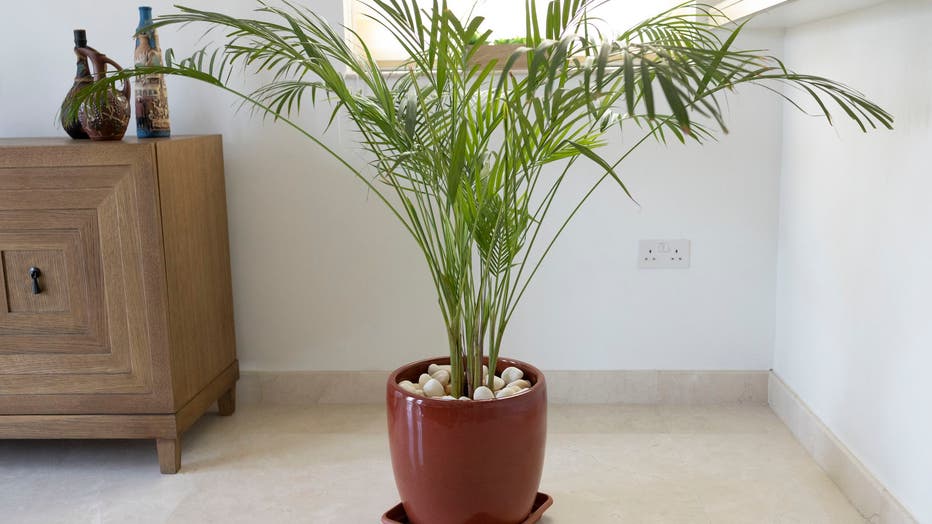
Dwarf date palm
Ficus
Also known as the weeping fig, the ficus plant will cut formaldehyde from your house, but there is a catch. The common houseplant has also been shown to trigger allergies for sensitive people.
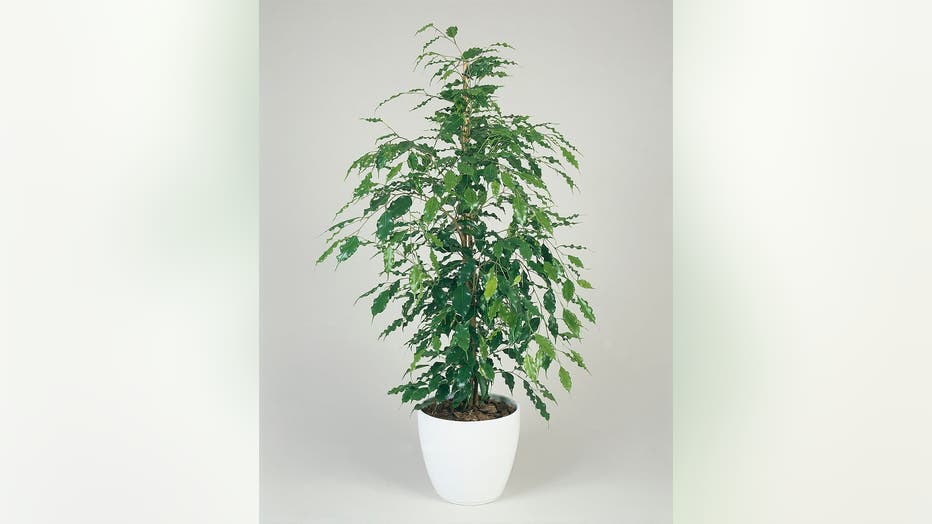
UNSPECIFIED - MAY 08: Close-up of a Weeping fig plant growing in a pot (Ficus benjamina) (Photo by DEA / G.CIGOLINI/De Agostini via Getty Images)
Boston fern
Formaldehyde has been shown to exist in many home furniture and building materials, but the Boston fern plant can help to eliminate those emissions.
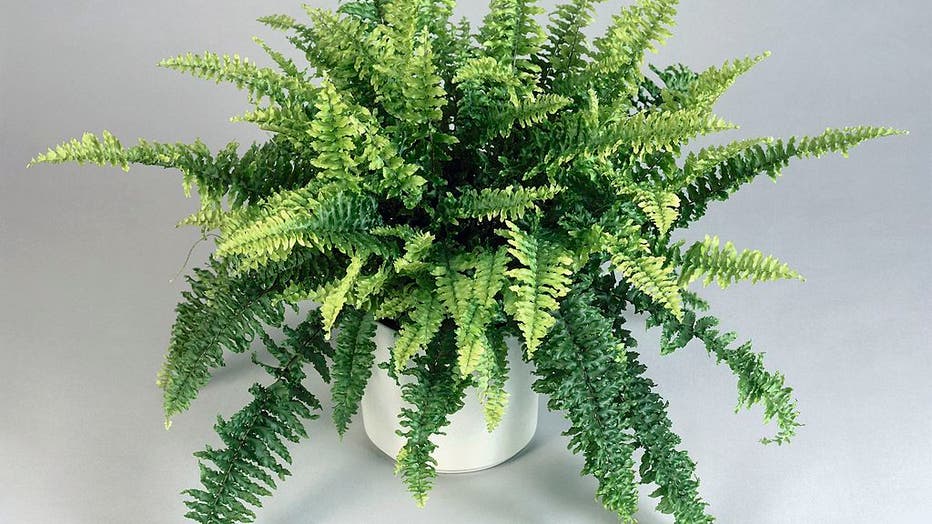
UNSPECIFIED - MAY 08: Close-up of a Boston fern in a pot (Nephrolepis exaltata) (Photo by DEA / G.CIGOLINI/De Agostini via Getty Images)
Peace lily
Though the peace lily can get rid of traces of acetone, trichloroethylene, benzene, and formaldehyde, cat lovers should not use this plant. The peace lily has been shown to be poisonous to cats.
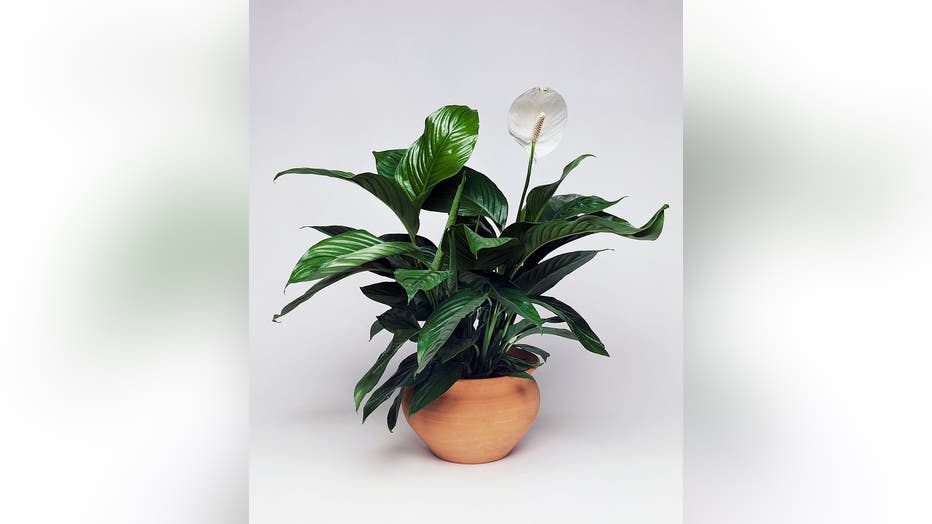
UNSPECIFIED - JANUARY 27: Peace lily, White sails or Spathe flower (Spathiphyllum sp), Araceae. (Photo by DeAgostini/Getty Images)
Golden pothos
For improved lung health, reach for the ozone-cleaning golden pothos plant. It can remove carbon monoxide, benzene, and formaldehyde from the indoor air.

UNSPECIFIED - JUNE 15: Pothos or Devil's ivy (Pothos aureum or Epipremnum aureum), Araceae. (Photo by DeAgostini/Getty Images)

